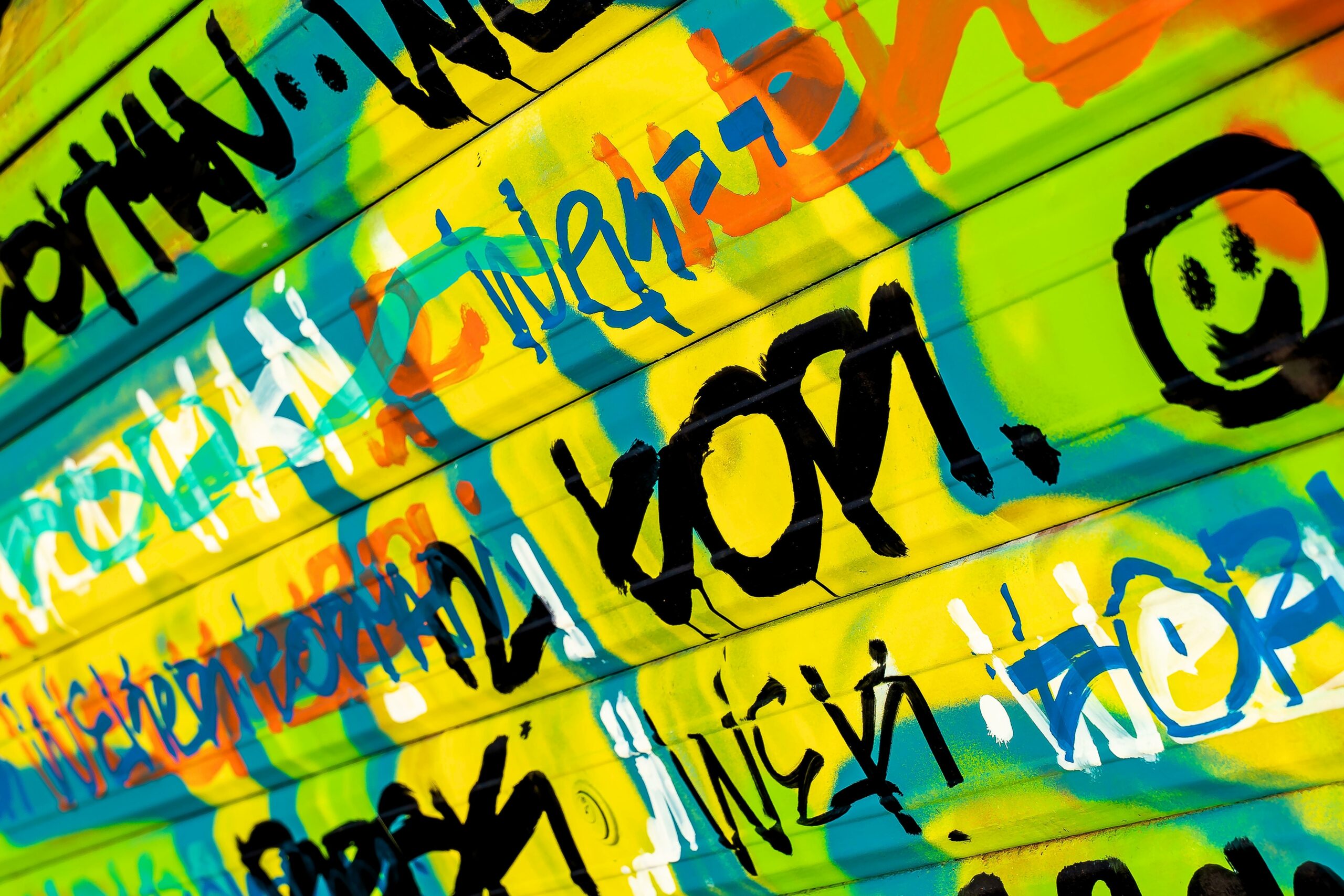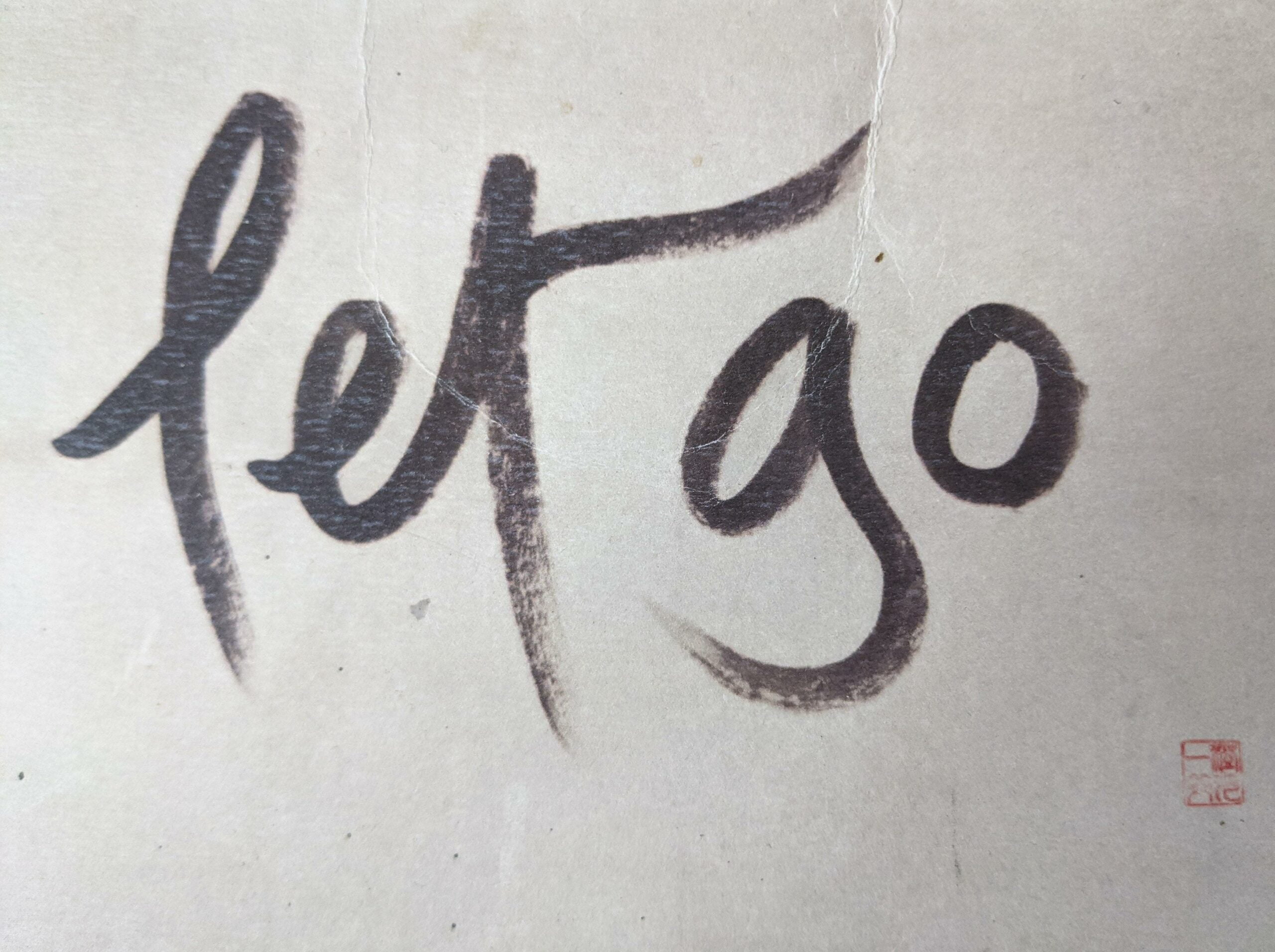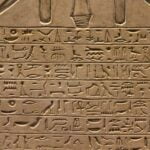Are you ready to embark on a journey into the enchanting realm of Japanese calligraphy? Prepare to be captivated as we delve into the fascinating world of this ancient art form and unveil eye-opening facts you may have never known. From the intricate brush strokes that dance across the canvas to the meticulously crafted tools used by the masters, we will explore the depths of Japanese calligraphy and its profound impact on the country’s rich cultural heritage. Get ready to unravel the mysteries of this captivating art form and discover the fascinating stories encoded within each stroke. Brace yourself for a visual and intellectual feast as we uncover the intriguing history, techniques, and symbolism behind Japanese calligraphy.

Interesting Facts About Japanese Calligraphy
Japanese calligraphy, also known as shodō or “the way of writing,” is an ancient art form that has captivated the hearts and minds of people for centuries. It holds a rich history, fascinating techniques, and a profound influence on Japanese culture. In this article, we will delve into the enigmatic world of Japanese calligraphy and unveil some captivating and lesser-known facts.
1. Japanese Calligraphy: A Cultural Import from China
Japanese calligraphy traces its roots back to the introduction of Kanji, Chinese characters, from China. When Buddhism was introduced into Japan, calligraphy rapidly spread as the emperors encouraged people to copy sutras by hand. Moreover, Japanese envoys to the Tang Dynasty in China brought back not only diplomatic ties but also a deep appreciation for Chinese culture, including calligraphy.
“Japanese calligraphy owes its origins to China, which greatly influenced the development of this art form.”
2. A Mingling of Art and Poetry
In Japan, calligraphy is closely associated with the art of poetry, particularly haiku poetry. This intertwining of artistic expression creates a profound synergy, where the brush strokes in calligraphy capture the essence of the poet’s words. This harmony between visuals and literature has elevated calligraphy to new heights and showcases the deep cultural connection between the two art forms.
“In Japan, calligraphy and poetry intertwine, creating a beautiful synergy between visual and literary expression.”
3. The Karayō Style: Ancient and Enduring
The karayō style emerged in Japan around 600 AD and is still practiced today. It is characterized by bold brush strokes and angular shapes, creating a visually striking and highly expressive art form. Over the centuries, karayō has become deeply embedded in Japanese culture, with artists meticulously honing their skills to master this unique style.
“The karayō style emerged in ancient times and continues to captivate artists and enthusiasts with its bold brushwork and expressive forms.”
4. A Challenging Art Form: Years of Practice
Japanese calligraphy is not for the faint of heart. It takes years, even decades, of dedicated practice to master this intricate art form. From the precise handling of the brush to the subtle shifts in pressure and the controlled movement of the hand, each brush stroke is a testament to the patience and perseverance required to become proficient in calligraphy.
“Japanese calligraphy demands dedication and perseverance, with artists spending years perfecting their technique and mastering the art of brushwork.”
5. The Essence of Elegance and Grace
Calligraphy in Japan is revered for its elegance and grace. It embodies the notion that every brush stroke carries meaning and emotion. The simplicity in form is deceptive, for within each stroke lies a world of complexity and beauty. The way the ink flows onto the paper, the deliberate pauses, and the deliberate energy imbued in each line all contribute to the sense of exquisite artistry.
“Japanese calligraphy exudes elegance and grace, a timeless art form that celebrates the beauty and power of each brush stroke.”
6. A Celebration of Tradition and Spirituality
Japanese calligraphy stands as a testament to the deep-rooted traditions and spirituality in Japanese culture. It is not merely about crafting visually appealing characters, but also about connecting with the spirit and energy behind each character. Calligraphy holds a deep reverence for the written word and allows artists to express their thoughts and emotions through the ink-soaked brush.
“Japanese calligraphy is a celebration of tradition and spirituality, a medium through which artists connect with the energy and essence of the written word.”
In conclusion, Japanese calligraphy is an ancient and highly respected art form that continues to inspire and captivate people today. Its origins in China, the intertwining of art and poetry, the enduring karayō style, the years of practice required, the unparalleled elegance and grace, and the celebration of tradition and spirituality all contribute to its profound influence on Japanese culture. By delving into the fascinating world of Japanese calligraphy, we gain a deeper appreciation for this age-old craft and its significant impact on artistic traditions worldwide.
Japanese calligraphy is not just an art form—it is a window into the soul of a culture.
Japanese calligraphy is an art form that dates back centuries, originating in China and then making its way to Japan. It is a highly respected and revered tradition in Japanese culture. If you’re interested in learning more about the fascinating history and techniques of this ancient art, check out our collection of fun facts about Japanese calligraphy. You’ll be amazed by the intricate brush strokes and the deep symbolism behind each character. Dive into the world of Japanese calligraphy by clicking here: fun facts about Japanese calligraphy.
FAQ
Question 1
What is the origin of Japanese calligraphy?
Answer 1
Japanese calligraphy, also known as shodō, originated with the introduction of Kanji characters from China.
Question 2
How did calligraphy spread in Japan?
Answer 2
Calligraphy spread rapidly in Japan after the introduction of Buddhism, as emperors like Shotokutaishi and Shoumu encouraged people to copy sutras by hand.
Question 3
Who popularized calligraphy in Japan?
Answer 3
Japanese envoys to Tang Dynasty China brought back Chinese culture, including calligraphy, which played a significant role in popularizing the art form in Japan.
Question 4
Who practices Japanese calligraphy?
Answer 4
Japanese calligraphy is practiced by various individuals, including samurai, nobles, and ordinary people. Mastering the art form can take decades of dedicated practice.
Question 5
How is Japanese calligraphy related to poetry?
Answer 5
Japanese calligraphy is closely associated with the art of haiku poetry and has been an integral part of the country’s poetic tradition.
- Mastering Leader in Spanish: The Complete Guide - April 19, 2025
- Uncovering Surprising Parallels: England Size Compared to US States - April 19, 2025
- Old Mexico Map: Border Shifts 1821-1857 - April 19, 2025
















